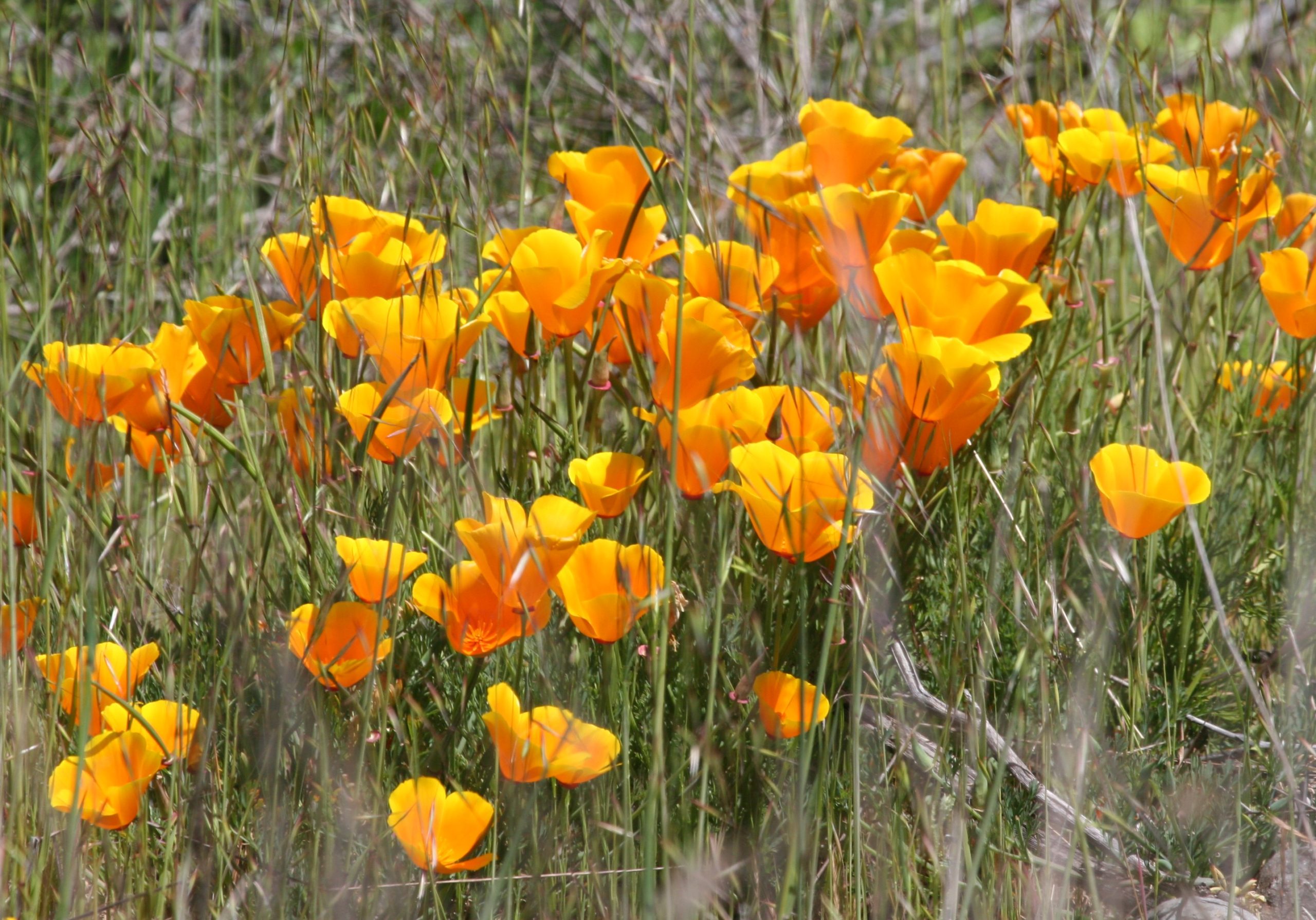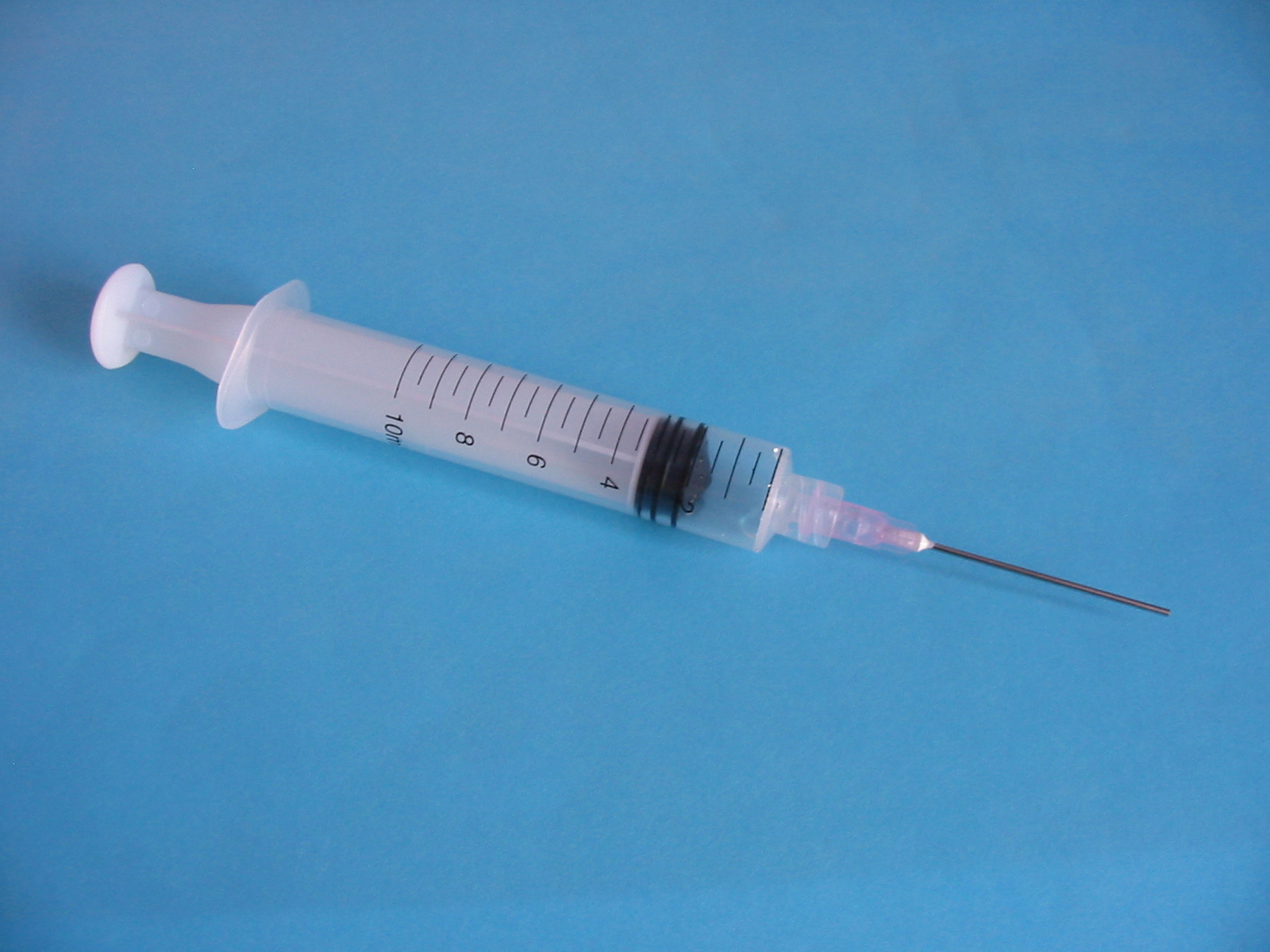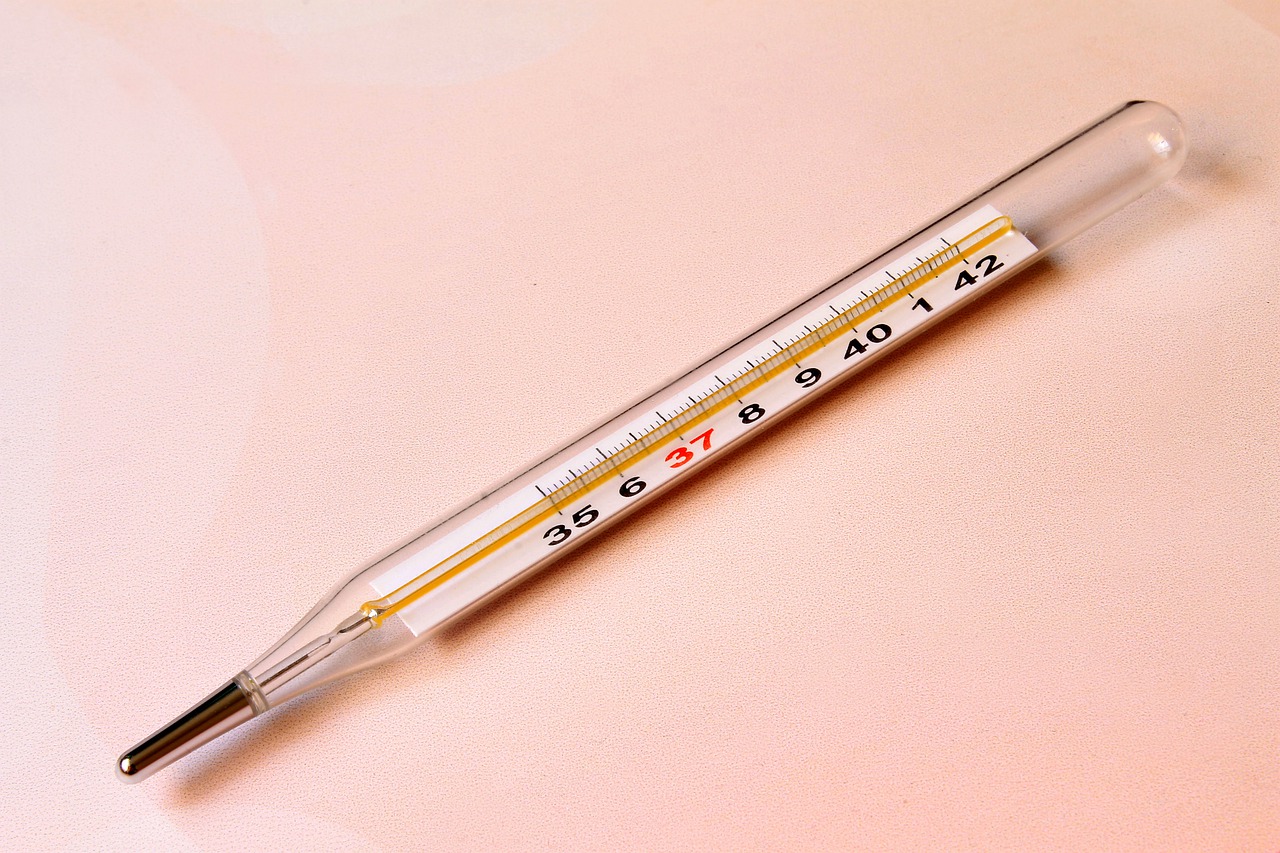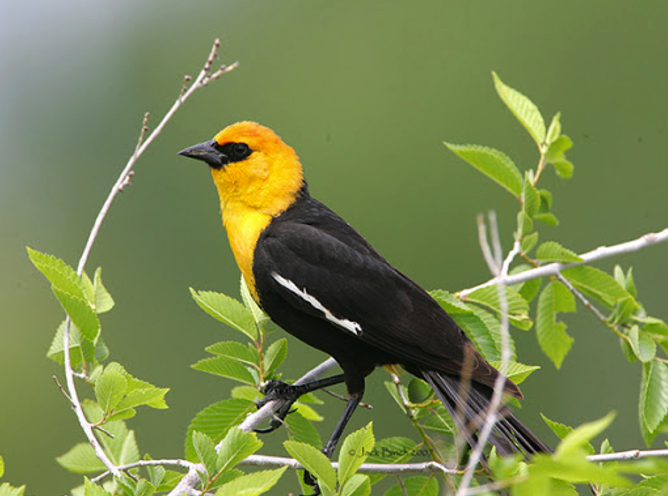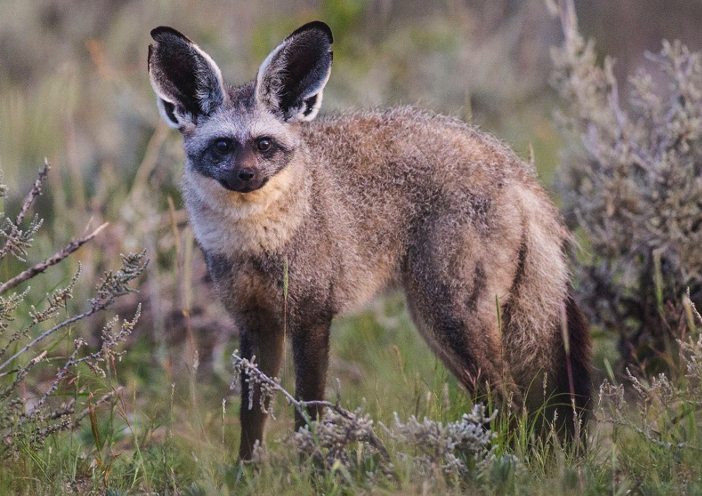You can access the worksheet here, and complete it online in Google Docs. Please submit it as directed by your professor or lab instructor.
https://docs.google.com/document/d/1wu4V7yUsR1pe4gG2i7cCrE381ZytbOC8ExMxLrRkCQw/edit?usp=sharing
Determining the Properties of Life
Introduction
Biology is the study of life, but what do we mean by the term “life?” It may seem self-evident – plants and animals are alive, a rock is not – but there are numerous instances where determining whether or not something is alive is not straightforward. Although this is a philosophical question, the study of organisms has revealed that all living things possess a set of key characteristics. During this activity you will have the opportunity to:
- Review the characteristics common to all life
- Determine whether or not certain objects exhibit living or non-living characteristics
1) Order: All organisms exhibit a highly ordered and hierarchical structure. Simple molecules are joined to form macromolecules; these are arranged into sub-cellular structures that make up cells. Multicellular organisms are comprised of many different cells that interact to form a single being. Each level of biological organization (molecules through multicellular organism) has emergent properties, that is, properties not found at lower levels. Thus, a cell has properties that are not shared by the many separate molecules that comprise the cell. Or you, a human, have properties that are not shared by the many cells that comprise the human body. Ever try to have an intelligent conversation with a skin cell?
2) Reproduction: Living things reproduce their own kind, based on passing of information from one generation to the next (heredity). Thus, the saying “Like produces like.”
3) Growth and development: Organisms are able to increase their size and complexity based on programmed patterns contained in their heredity material (DNA).
4) Metabolism: Living things have the ability to break down chemicals and use the released energy to do work (grow, move, reproduce). A by-product of energy conversion in many instances is the production of heat.
5) Response to stimuli: All organisms respond to stimuli. Since the environment is full of stimuli, organisms thus react to changes in their environment. The response is not necessarily easily observed as it may occur internally. (A lizard sunning itself on a rock is raising its body temperature as a response to the heat generated by the sun. This response is related to the next trait #6).
6) Homeostasis: Living organisms, from cells to multicellular beings, are able to maintain an internal environment, separate and relatively stable from the external environment. This is often critical for living organisms because when internal homeostasis breaks down, living organisms cease to live. Freezing or overheating will kill most organisms, although their internal environment will resist the change in extreme temperature.
7) Evolutionary adaptation: Over time, groups of organisms will adjust to better match the environment in which they live. This is adaptation by evolution. Non-living things, no matter how long they exist or how many their numbers, will retain their characteristics. A pile of rocks remains the same pile of rocks, no matter how the environment has changed.
Activity
Let’s imagine that you are a scientist working for the National Aeronautics and Space Administration (NASA) to determine if life exists on Mars, and you need to design the experiments a robotic spacecraft will perform once it arrives on the surface of the planet. The results of those experiments will determine if life exists, but to be able to make such a claim, the experiments must demonstrate the basic properties of life. Therefore, you must provide those properties through deduction to test the hypothesis that life exists on Mars.
A number of objects are pictured on the website. For each object, fill in the table below with a YES or NO for those characteristics you hypothesize are necessary for life.
1: Goldfish
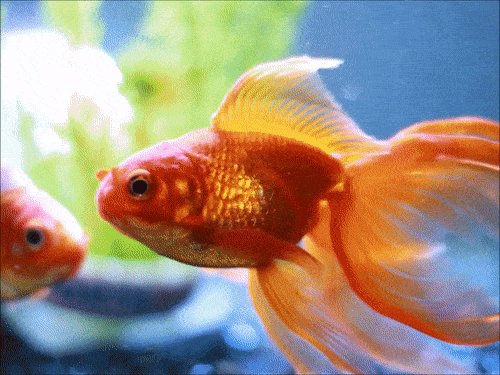
2: Bacteria
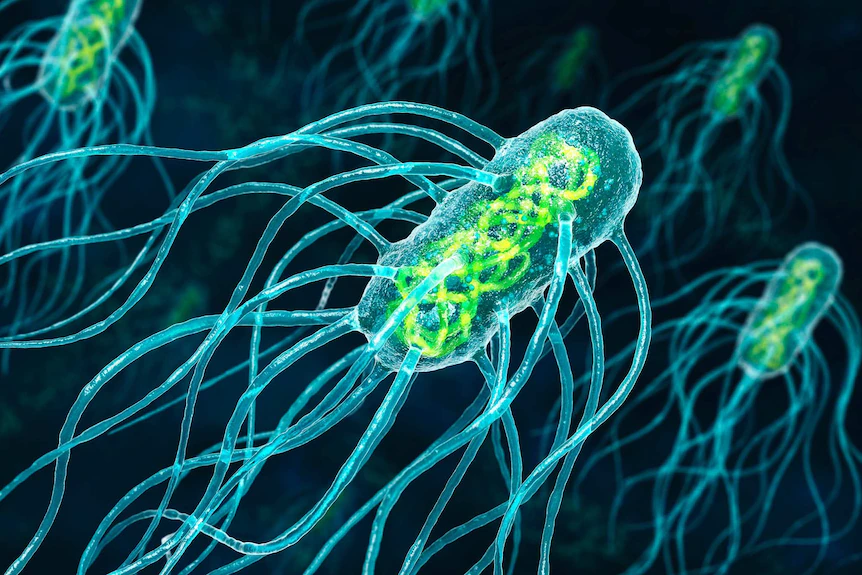
3: Mushroom
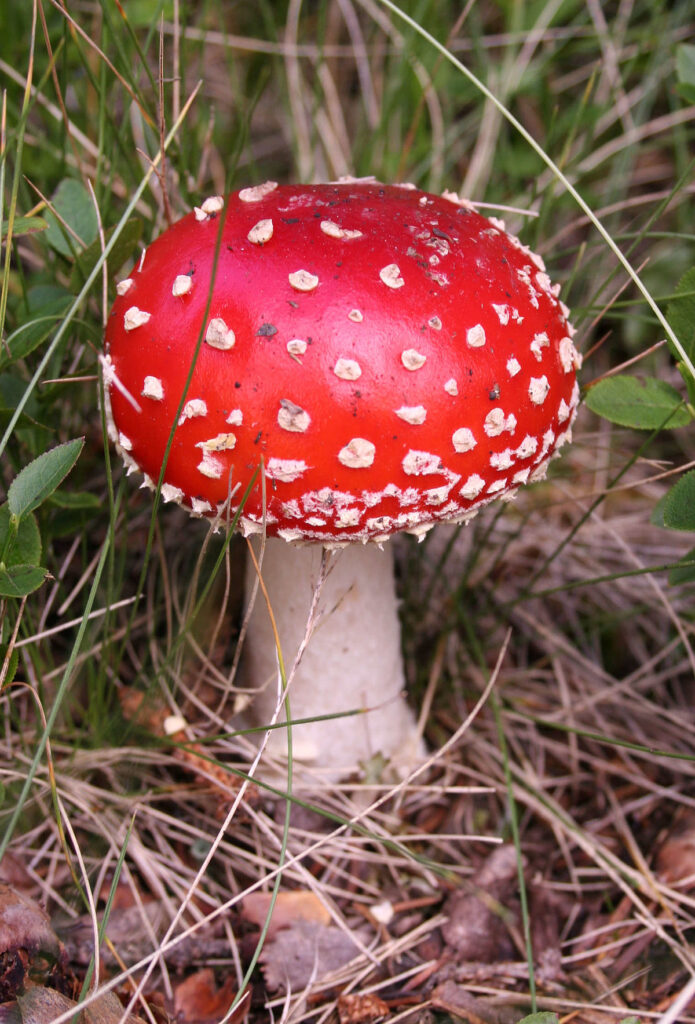
4: Fire

5: Snail

6: Snowflake
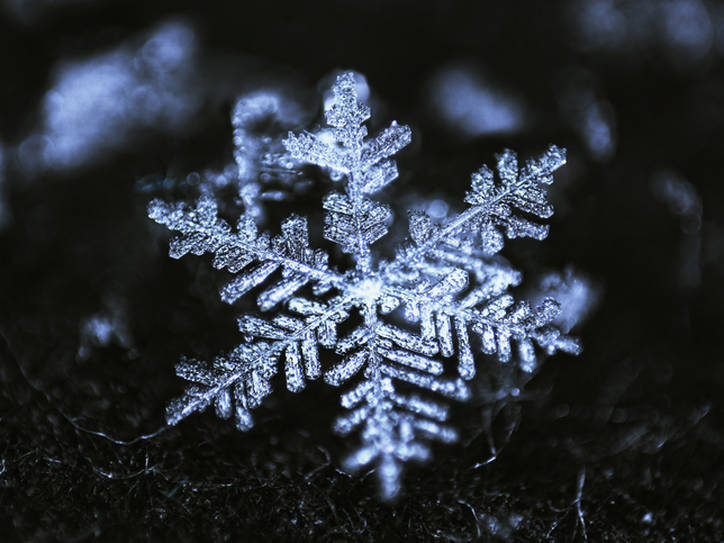

7: Rock
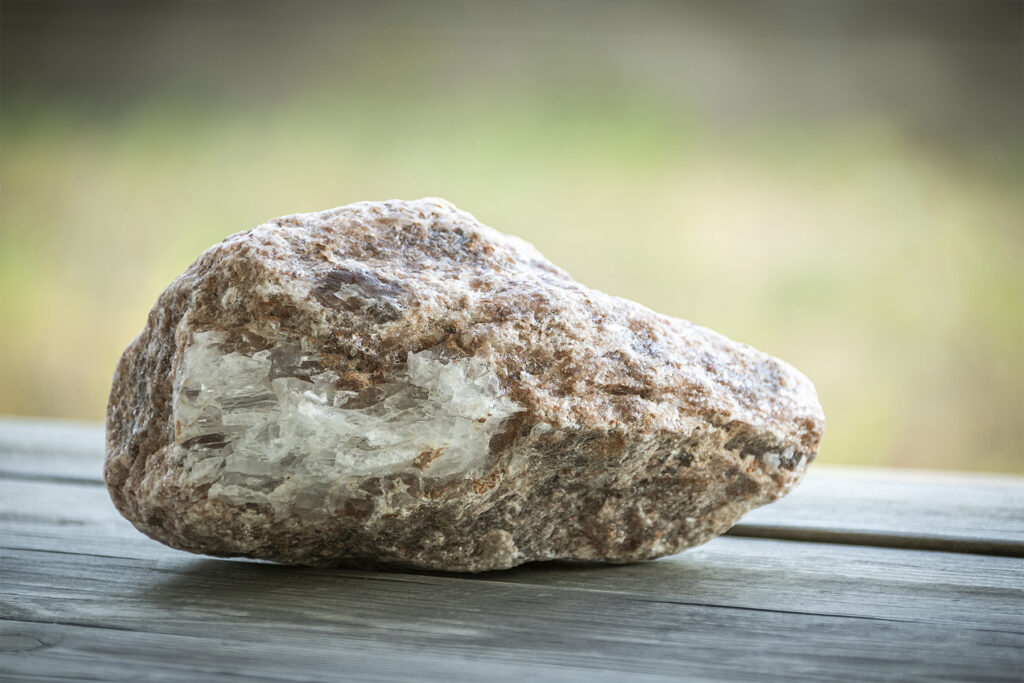
8: Chicken egg
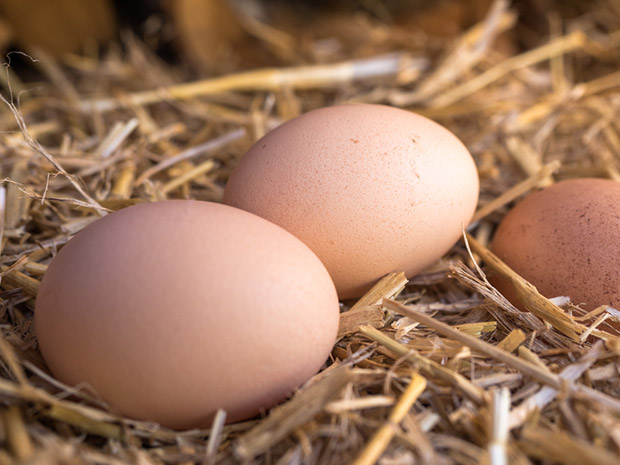
9: Tomato Plant
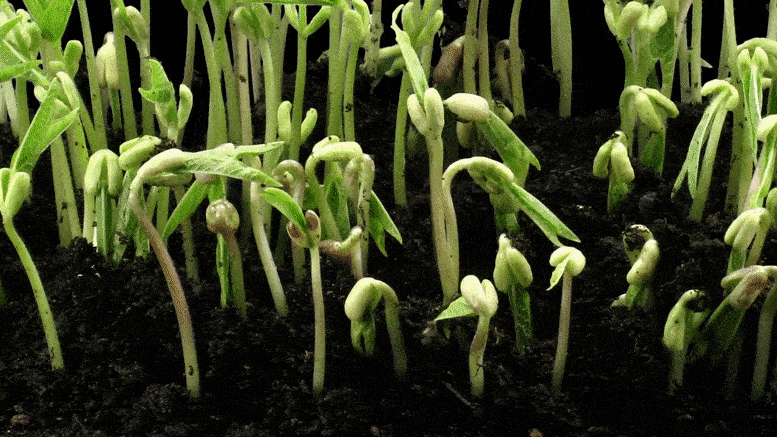
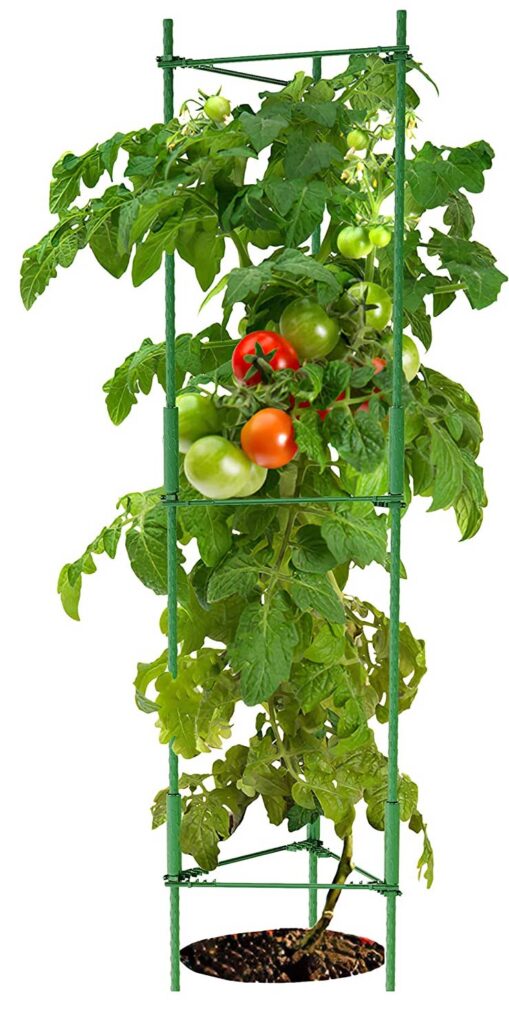
10: Corn kernels
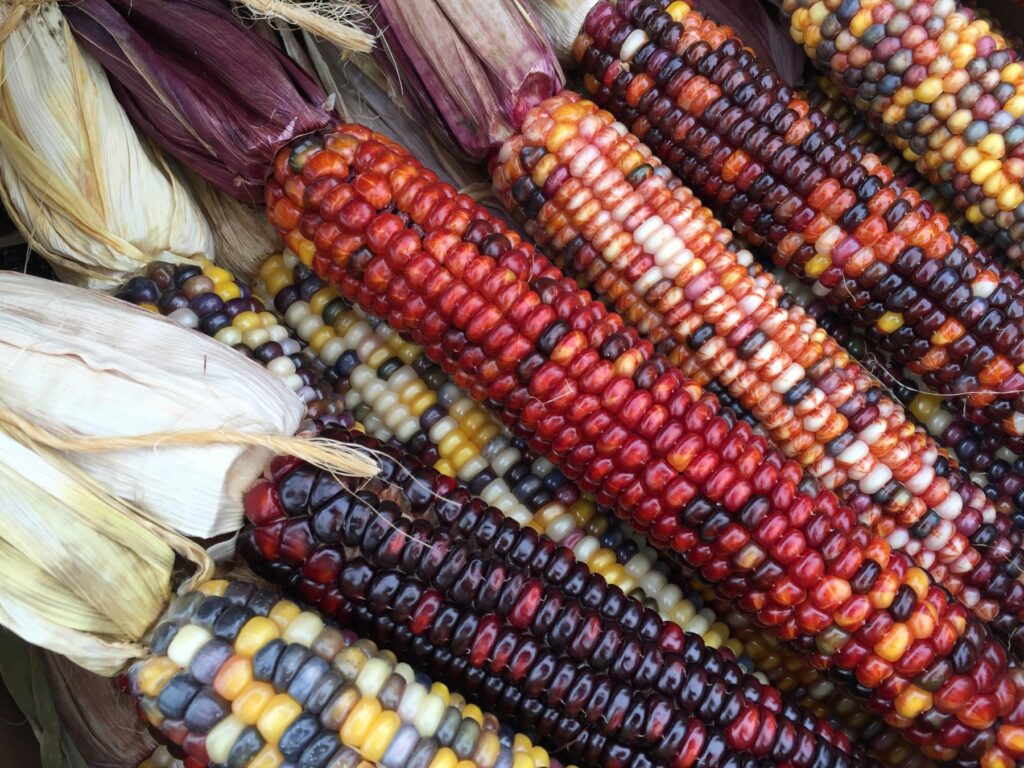
Evaluate your data by considering the following:
- Which of the specimens clearly meet all of your criteria for being alive?
- Which clearly do not meet the all criteria?
- Did any specimens make it difficult to decide? If so, do you have to reevaluate your original hypothesized characteristics? If so, which ones and why?
- Summarize your conclusions by making a general statement concerning the characteristics of living organisms and non-living things.
The Language of Science: Mastering Scientific Vocabulary
“Many research studies show that vocabulary is the best single indicator of intellectual ability and an accurate predictor of success at school.”
~ W.B. Elley
University of Canterbury,
New Zealand
Long scientific words can seem daunting, but there is a secret to mastering scientific vocabulary. Many scientific words are just smaller words put together: root words, prefixes, and suffixes. The good news? You already know lots of these words
For example:
Deciphering Biology Terms
In this activity, you will decipher several scientific terms by investigating the meaning of their root words. Click here to access the root word list.
- Pterodactyl
- Homeothermic
- Autotroph
- Parthenogenesis
- Sympatry
- Heterozygous
Who Am I?
Now, use the root words list to try and identify three familiar animals, based on their scientific names.
- Haliaeetus leucocephalus
- Phascolarctos cinereus
- Ornithorhynchus anatinus
Name that Critter
In this activity, use the root words list to create “scientific names” for the animals pictured below.
“When you give students the opportunity to acquire a robust vocabulary, you give them the key to unlock the door to comprehension.”
~ Christina DeCarbo
Educator
